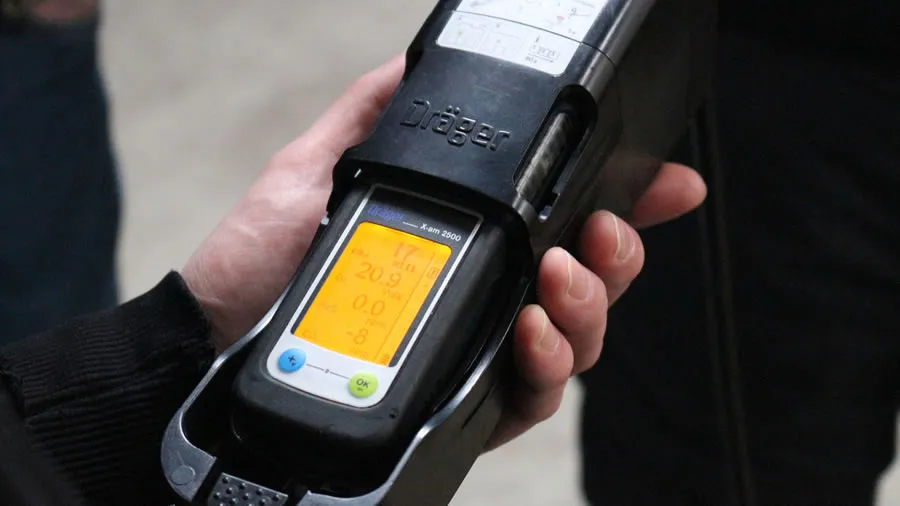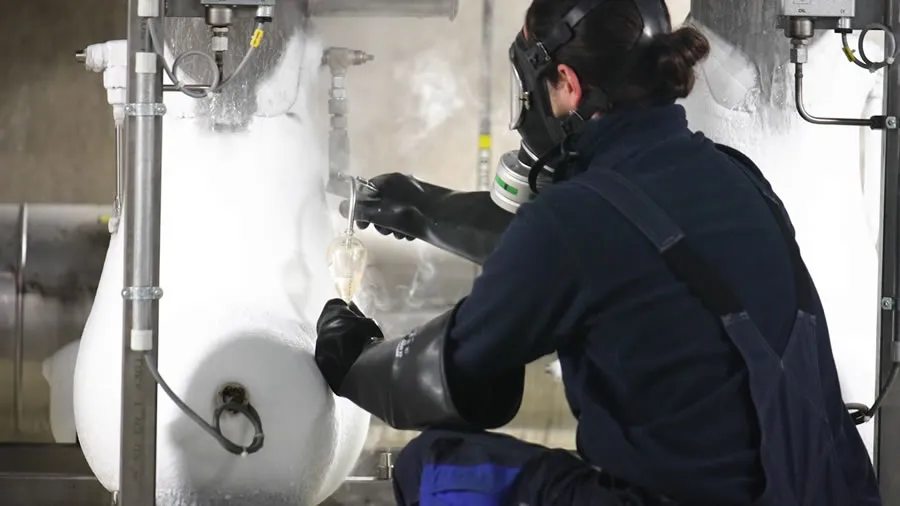According to the Product Safety Act (ProdSG), systems that serve commercial or industrial purposes or may pose a danger to employees are considered monitored systems.
ARCTOS offers a safety technical inspection of NH3 refrigeration systems as an annual inspection (according to BetrSichV). The basis for these inspections includes, among others, EN378, VDMA 24020-1, TRAS110, TRBS 1201.
Handout for a quick overview of operator obligations for monitored systems.
Annual Inspection (Operator Obligation)
The annual inspection of the NH3 refrigeration system is carried out by a qualified person and includes:
- Visual inspection of all plant components
- Visual inspection of the insulation, fastenings, and connections
- Leak test during operation
- Function tests of safety-related measurement, control, and regulation systems
- Function tests of safety-related switching devices
- Function tests of safety-related shut-off valves
- Visual inspection of safety valves
- Function test of the ventilation system
- Function test of the hazard alarm systems
- Other visual inspections (e.g., R+I, plant protocol, annual training, emergency lighting, escape routes)
- Verification of inspection dates
Do you have any questions or comments? Would you like a consultation? Please contact us.
Inspection of the Expected Scope of Recurring Inspections (Operator Duty)
The scope of this safety inspection is an ARCTOS recommendation, which has been determined based on the scope of a 5-year recurring inspection.
- A qualified / expert person from ARCTOS conducts the inspection with the following content:
- Visual inspection of all system components
- Visual inspection of the thermal insulation, fastenings, and connections
- Leak test during operation
- Functional tests of the safety-related measuring, control, and regulation systems
- Functional tests of the safety-related switching devices
- Functional tests of the safety-related shut-off valves
- Visual inspection of the safety valves
- Functional test of the ventilation system
- Functional test of the hazard detection systems
- Inspection of the local conditions
Additionally, review of documents related to: system data, responsibilities, documentation, system logs, training, and inspection dates.


